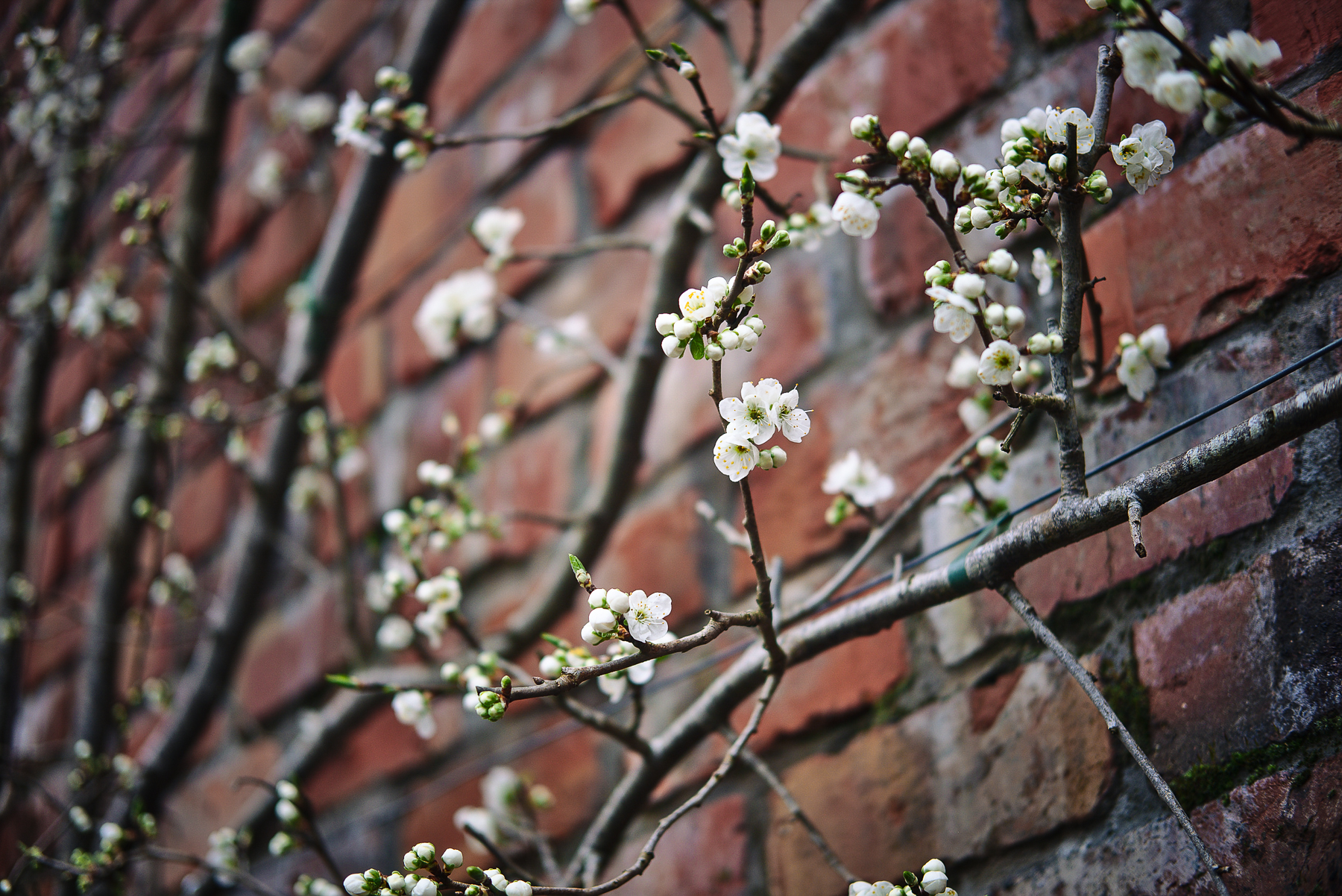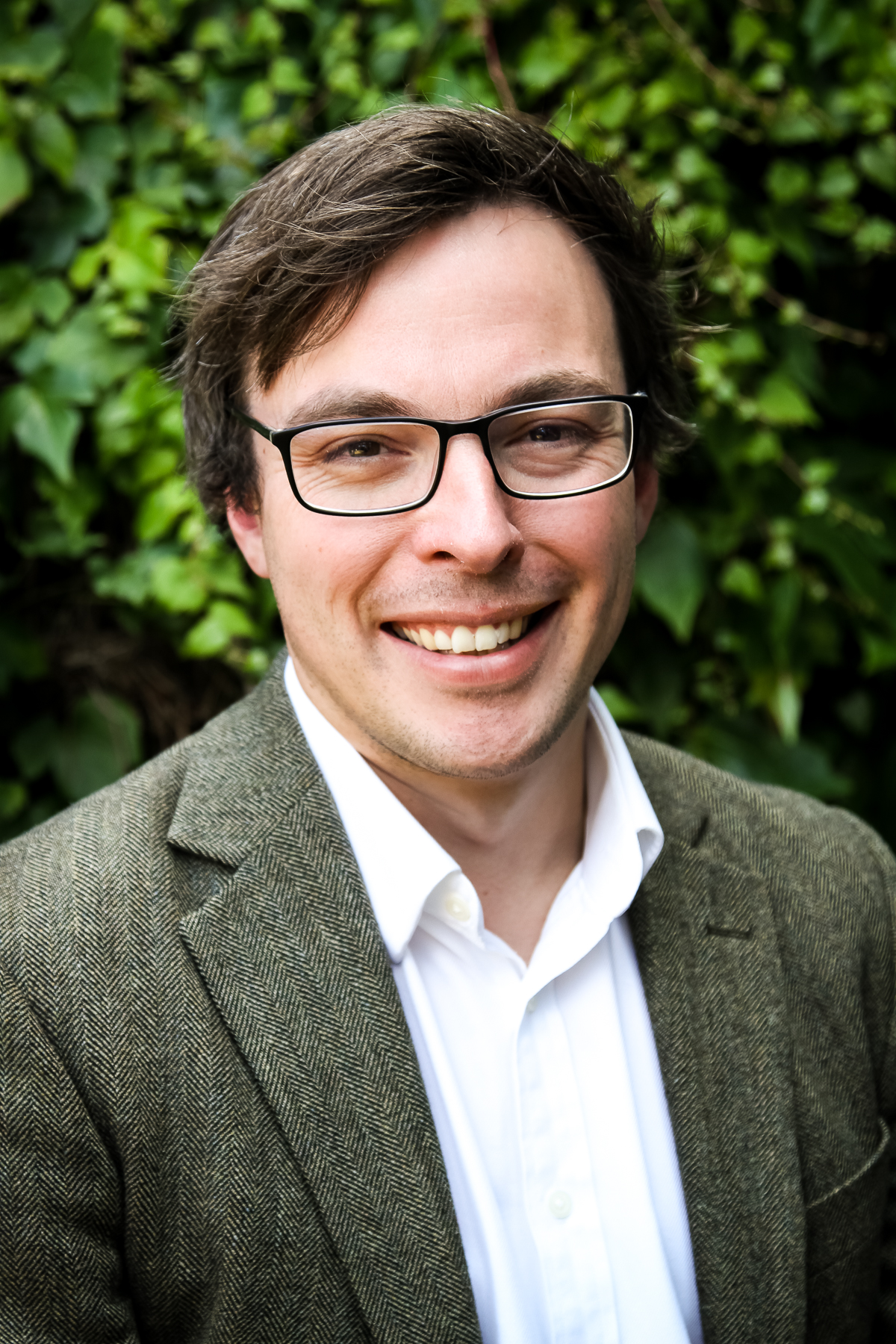Cultivating Place is a column considering our relationships to the varied places we have been planted. As followers of The One who became flesh and made his dwelling among us, who wept over the earthly Jerusalem, we will explore the unique opportunities each of us has to seek the good of our place, wherever that may be.
![]()
The central character in Jonathan Glazer’s film Zone of Interest is a wall. Four metres tall and topped with electrified barbed wire, it separates the death camp of Auschwitz-Birkenau from the house where camp-commandant Rudolf Höss and his wife, Hedwig, live with their five children. Such is the proximity of camp and house that the wall borders the immaculate, flower-filled garden; shielding the family — and the audience — from any direct sight of the genocide unfolding barely metres away. Yet, while it obscures visibility of the suffering, the wall cannot suppress all evidence. As the Höss children frolic in the garden, and Hedwig proudly tends her summer blooms, a nightmarish miasma of wails, dog barks, shouted orders, gunshots, and screeching trains emanates night and day from the death camp next door. By day, greasy smoke drifts over the garden; by night the red light of crematorium chimneys plays on the children’s bedroom walls. Nothing more is seen.
By turning the camera’s gaze away from the well-documented atrocities within the walls of Auschwitz, and focusing instead on the “oblivious banality” of the Höss household [1], Glazer breaks the usual distance between perpetrators and audience. The Hösses are revealed as relatable; as “ordinary” ambitious, upwardly-mobile people; taking advantage of opportunities for the sake of their family and its advancement. Like us, they work, learn, picnic, play, do housework, host guests, bicker, gossip, and laugh. Glazer reveals our continuum, the way we all — in larger or smaller ways — walk on past the suffering of others, erecting barriers against it in our striving towards personal goals. As Glazer explains of the film’s central device:
[The] wall is a direct manifestation of how we ourselves as human beings compartmentalize the things we were happy to indulge in and surround ourselves with and the things — sometimes horrible things — we want to disassociate ourselves from. [2]
The physical wall between house and camp is mirrored by an unseen wall thrown up in the mind of each member of the Höss family, a “fortress of delusion” [3] in which the divine image is recognised only in the faces of certain, select image bearers — blood relations and countrymen — and brutally denied to all others. These dual walls — one physical, one psychological — enable the seemingly unthinkable: the carrying on of the ordinary liturgies of family life on the threshold of industrial murder. We are forced to reckon with realities akin to those that haunted the late polymath George Steiner, the realisation that “. . . a man can read Goethe or Rilke in the evening, . . . play Bach and Schubert, and go to his day’s work at Auschwitz in the morning.” [4] Living this side of the Holocaust, we know decisively that immersion in high culture, a sensitivity to Art, and deep commitment to family life, provide no inoculum against the unspeakable horrors of genocide. The Hösses lived on the event horizon of a death camp, yet could disassociate their complicity almost completely. And therein lies the haunting question: if them, why not us?
As the Höss family maintained their fortress of delusion in Auschwitz, another family in a different part of occupied Poland were pursuing an alternative vision of human flourishing. In the little village of Markowa, Jozef and Wiktoria Ulma were raising a large and growing family, and tending a small farm. As the Final Solution gained pace, these ordinary people were also to engage in an act of extraordinary, sacrificial courage. In 1942, in the aftermath of a Nazi pogrom in Markowa, the Ulmas decided to shelter two Jewish families in their home. Their motivations for this act of courage are whispered in the Ulma family Bible, where Jesus’ words from the Sermon on the Mount — “If you love those who love you, what benefit is that to you?” [5] — are underlined in red; and the parable of the Good Samaritan is accompanied by a single-word of assent: “yes.” [6]
The Ulmas’ lives were animated by obedience to the crucified King; sustained and guided at the deepest level by the principle Thomas Howard calls “my-life-for-yours.” Their humble farmstead was a place “. . . of laid-down life understood as the principle of all life, and of ordinariness hallowed by being offered up in oblation to the Giver of every good thing.” [7] On a superficial level, the Hösses and Ulmas shared similar ‘conservative’ virtues — the importance of home, a traditional family structure, living from the land, a strong work ethic, and the value of education — yet the two families diverged radically in their foundational principles: for the Ulmas, “my-life-for-yours”; for the Hösses, the monstrous heresy of “your-life-for-mine.” Where the Höss family had erected walls — physical and psychological — to dissociate from the witness of human suffering; the Ulmas opened both their hearts and their doors to the need without. Image-bearing Jewish neighbours were recognised as such, and being so recognised, were ushered into the innermost sanctum of the household. In the Zone of Interest, the only remnants to cross the wall from Auschwitz are the grim relics of the dead: ash brought in to fertilise the garden, stolen furs and jewellery, the blood on Rudolf’s boots, and the gold fillings collected by the children. By contrast, the Ulmas welcomed living, breathing outcasts at great personal cost; the outworking of faith in courageous love.
The Ulmas would pay for their radical hospitality with their lives. In March 1944, German police uncovered the Jews hiding in the Ulmas’ farmhouse, and murdered the entire family — Jozef, Wiktoria, and their seven children (one unborn) — along with their Jewish guests. [8] Walking the steps their Saviour had trod before them, the Ulmas had followed the principle of “my-life-for-yours” to the point of actual death.
Where the Höss philosophy of “your-life-for-mine” was untouched by the motions of family life, the Ulmas’ recognition of “my-life-for-yours” as the foundational reality transfigured the liturgies of their home life into a powerful instrument for their sanctification. For it would be impossible for the Ulmas to take the selfless action they did in the moment of great testing, had they not been prepared and shaped together in a thousand smaller tests. As Thomas Howard puts it in his classic text Hallowed Be This Home, it is God’s wisdom to place us in families and homes that we might learn the lessons of charity among those with whom it should come most easily:
[W]e were made for love, we are commanded to love, and since it doesn’t come naturally to us, we have to learn to love. The family situation is, as it were, the elementary schoolroom where we start learning in small, easy, and natural ways to love — that is, to discover that self-giving, freedom, and joy are all one thing. [9]
The Ulmas’ home was evidently just such a schoolroom of cruciform love. Our homes, our streets, our neighbourhoods, are the immediate contexts of our own training. Such training is essential, for the unhesitating love of the Good Samaritan lies many miles downstream of countless small decisions to do the difficult work of love in the everyday; to open the door, to forswear the fortress of delusion, to see the face of God in an ever widening circle of people, extending from our closest family to our most hated enemies. Love is not abstract. It is only in the conscious decision to live lives marked by grace in the day of small things — the quotidian, the thankless, the unseen — that we are readied to follow in the steps of our Saviour in the day of great testing. Our homes are the hallowed stage for this work — the call to practice daily the liturgy of “my-life-for-yours.” As Howard puts it, the home is the place it is said to us:
See to it that what goes on here is a small picture of what ought to go on everywhere. It doesn’t go on everywhere, but your task is to see that it does here. This is the spot allotted to your priesthood. Be faithful. [10]
The Höss family denied their call. Rudolf was hanged for war crimes, and the family’s role in the Holocaust lives in infamy. The Ulmas were faithful to their call. In recognition of their heroic act of Christ-like love, they were beatified as martyrs in 2023; the first family ever to be beatified together. They have joined the great cloud of witnesses. Their call now passes to us.
![]()
1 Wendy Ide, “The Zone of Interest review: Jonathan Glazer’s unforgettable Auschwitz drama is a brutal masterpiece,” The Guardian, Feb. 4, 2024 ; https://www.theguardian.com/tv-and-radio/2024/feb/04/the-zone-of-interest-jonathan-glazer-brutal-auschwitz-drama-sandra-huller-christian-friedel-martin-amis
2 Scott Roxborough, “Framing the Horrors of the Holocaust Through a 21st Century Lens: Making of ‘The Zone of Interest,’” Hollywood Reporter, Jan. 8, 2024; https://www.hollywoodreporter.com/movies/movie-features/making-the-zone-of-interest-holocaust-modern-retelling-1235766323/
3 Clarisse Loughrey, “The Zone of Interest review: A hellish, daring spin on more traditional Holocaust movies,” Independent, Feb. 1, 2024; https://www.independent.co.uk/arts-entertainment/films/reviews/zone-of-interest-review-jonathan-glazer-b2487901.html
4 George Steiner, Language and Silence: Essays on Language, Literature, and the Inhuman (Boston and London: Penguin, 1967).
5 Luke 6:32 (ESV)
6 Filip Mazurczak, “The Ulma Family and Living the Parable of the Good Samaritan in Wartime,” First Things, Jan. 22, 2024; https://www.firstthings.com/web-exclusives/2024/01/the-ulma-family-and-living-the-parable-of-the-good-samaritan-in-wartime
7 Thomas Howard, Hallowed Be This House: Finding Signs of Heaven in Your Home (San Francisco: Ignatius Press, 2012).
8 (Unsigned), “Jozef and Wiktoria Ulma,” one of the Righteous Among the Nations, Vad Vashem, World Holocaust Remembrance Center; https://www.yadvashem.org/righteous/stories/ulma.html.
9 Thomas Howard, Hallowed Be This House.
10 Howard, Hallowed.
The featured image is courtesy of Sam Keyes and is used with his kind permission for Cultivating.
Leave a Reply
A Field Guide to Cultivating ~ Essentials to Cultivating a Whole Life, Rooted in Christ, and Flourishing in Fellowship
Enjoy our gift to you as our Welcome to Cultivating! Discover the purpose of The Cultivating Project, and how you might find a "What, you too?" experience here with this fellowship of makers!


Add a comment
0 Comments